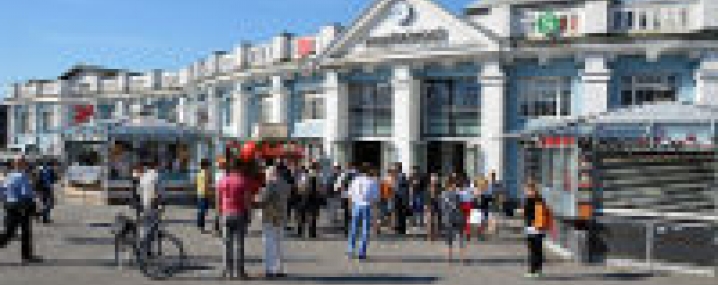Rostock
While Rostock’s historic centre is located inland on the River Warnow, the city’s northern suburbs extend 12km northwards to a seafront on the Baltic coast. As a Hanseatic city, Rostock was one of Germany’s biggest and wealthiest cities in the Middle Ages and its university, founded in 1419, is the oldest north of the Alps. Today, Rostock has 204,000 inhabitants—including 18,500 students—and an unemployment rate that has fallen from more than 25% to 12% in the city and 8% in the region since East Germany was reunified with the West.
The main drivers of the local economy are the port and its associated shipyards, the university, tourism, wind turbines for renewable energy and IT/electronics. Rostock is also a major agricultural region. In 2013, the city was named as Germany’s Fair Trade Capital, an award made every two years in recognition of its achievements in fair trade.
According to surveys, Rostock is one Germany’s top-ranked cities for quality of life: thanks to a good infrastructure, clean air and water, beautiful beaches, impressive sites and economic growth. Among the objectives of the local authorities moving forward are to help develop health and medical enterprises, attract higher-quality tourism, preserve its maritime industrial cluster and increase environmental protection. The tourism offer includes the annual tall-ships sailing festival, Hanse Sail, which attracts around one million visitors and celebrates its 25th edition in 2015. The harbour includes a pedestrian area with bars and restaurants, along with a museum and a marina.

